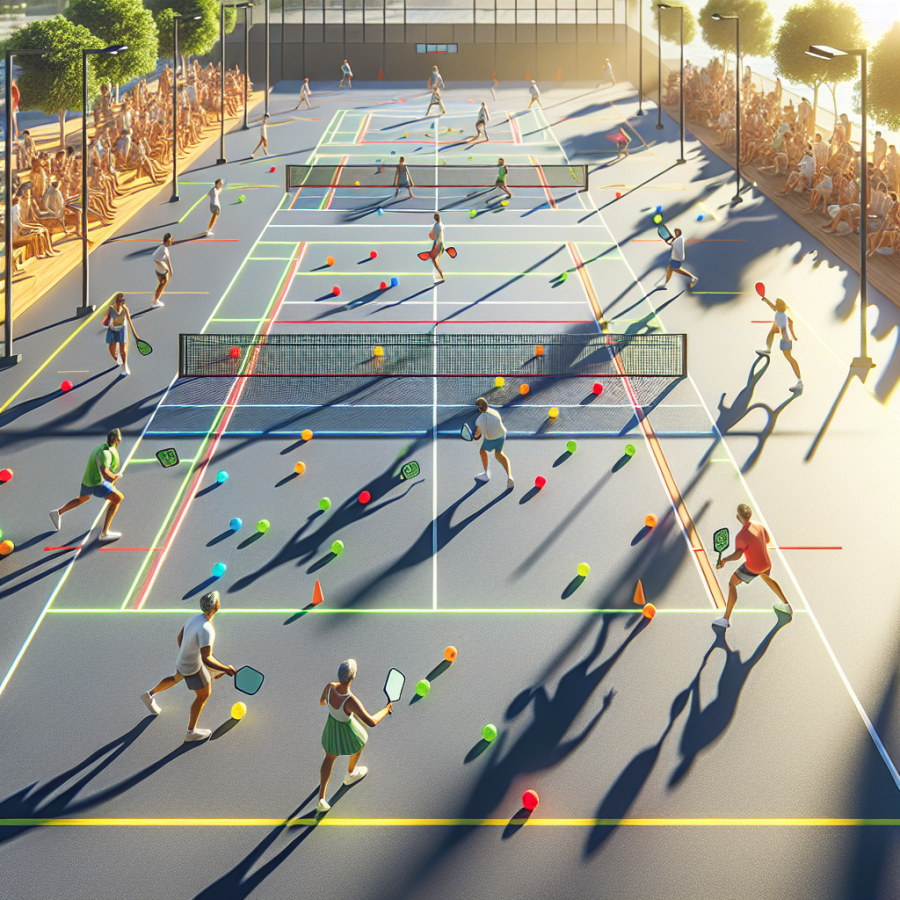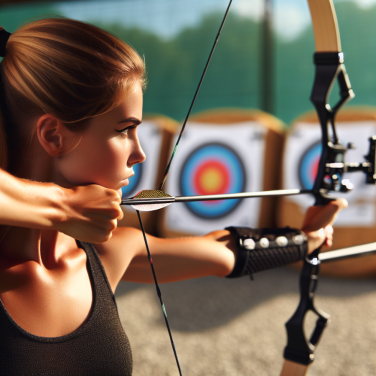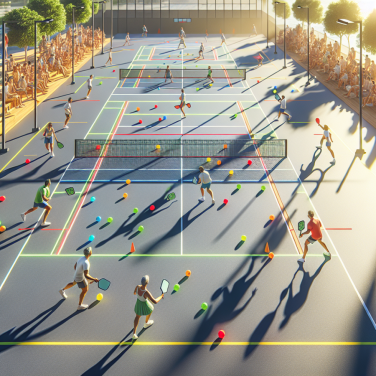The Rise of Pickleball: Understanding Its Popularity and Community Impact
Pickleball, a sport that ingeniously combines elements of tennis, badminton, and table tennis, has rapidly transformed from a backyard hobby to a nationwide sensation with a community impact that is both tangible and dynamic. At its core, pickleball is an accessible, low-impact game that caters to a diverse range of ages and skill levels, contributing to its escalating popularity.
The appeal of pickleball lies in its simplicity and adaptability. With smaller courts and a slower-moving ball compared to tennis, the game is less demanding on the body, making it inviting for seniors seeking an active lifestyle as well as younger players looking for social recreation. Despite its gentle learning curve, pickleball presents layers of strategic depth, providing a satisfying challenge for competitive athletes. This balance has led to pickleball's adoption in schools, community centers, and retirement communities alike.
One cannot ignore the communal aspect that has been integral to the rise of pickleball. The sport's inclusive nature fosters a strong sense of camaraderie and social interaction, which has become a hallmark of pickleball communities. Neighborhoods and local sports clubs often hold regular pickleball sessions, tournaments, and social gatherings, helping to knit people together and enrich the social fabric of the community.
Moreover, pickleball's popularity has had a ripple effect on local economies. As demand for courts and equipment surges, public parks, and recreation departments are increasingly investing in pickleball facilities. The production and sale of paddles, balls, and specialized apparel contribute to an expanding market that supports small businesses and generates sales tax revenue.
Besides economic growth, pickleball also offers health benefits, serving as an excellent source of cardiovascular exercise and a way to improve coordination and reflexes. Such physical activity can be a key component in combatting modern sedentary lifestyles and the associated health risks. Furthermore, the positive mental health effects of engaging in regular social sporting activity cannot be overstated.
Through organized events, online forums, and local leagues, pickleball players have carved out a welcoming and supportive community. The sport's governing bodies, such as the USA Pickleball Association, continue to standardize rules and promote the sport, contributing to its impressive expansion and the cultivation of professional-level play.
In conclusion, the rise of pickleball is a multifaceted phenomenon. It is a testament to how a simple game can transcend its recreational roots to become a significant community conduit—improving health, fostering friendships, and providing economic opportunities.
Read also:
The Long Distance Journey: Unraveling the Challenges and Triumphs of Marathon Running
Elevate Your Game: Techniques and Strategies for Pickleball Dominance
By now, you're likely hooked on the fast-paced excitement of pickleball, an infectious blend of tennis, ping-pong, and badminton that’s capturing hearts and competitive spirits across the globe. As you become more enmeshed in the sport, mastering the subtleties of the game becomes your pathway to not only enjoying but also dominating the court. Here’s how you can level up your game with proven techniques and strategies that will have your opponents on the defensive and your name on the leaderboard.
Firstly, understanding the importance of the soft game cannot be overstated. The dink, a soft shot played just over the net into the non-volley zone or 'kitchen', is essential for setting up offensive positions. Effective dinking forces opponents out of their comfort zone, drawing them to the net and opening up the court. Practice various dink shots, aiming for different angles and depths to keep your adversaries guessing.
Next, the serve in pickleball provides a unique opportunity to take the upper hand from the outset. Developing a variety of serves - including power serves aimed deep into your opponent's territory and soft serves that drop unpredictably in the kitchen - can put immediate pressure on the returner, often dictating the pace and rhythm of the ensuing rally.
Thirdly, excellent footwork is the cornerstone of any successful pickleball player. Moving efficiently allows for optimal positioning to hit forehands, backhands, and volleys while maintaining balance and readiness for the next shot. Drills that focus on lateral movement, quick changes in direction, and transitioning from the baseline to the net are crucial for mobility on the court.
Developing a strategic mindset is also critical for pickleball success. Being aware of your opponent's weaknesses and crafting your game to exploit them can give you a psychological edge. Whether it's targeting their backhand consistently or recognizing their discomfort at the net, each observed vulnerability is a tactical advantage for you to capitalize on.
Controlled aggression is a dual-edged sword in pickleball. While being aggressive can force errors and win points, over-aggression can lead to unforced errors. Finding the right balance between applying pressure and maintaining consistency in your shots is a skill that comes with practice and match experience.
Lastly, do not underestimate the importance of the mental game. Pickleball can be as much about outwitting your opponent as it is about outplaying them. Develop mental toughness, maintain focus during high-pressure points, and keep a calm demeanor.




